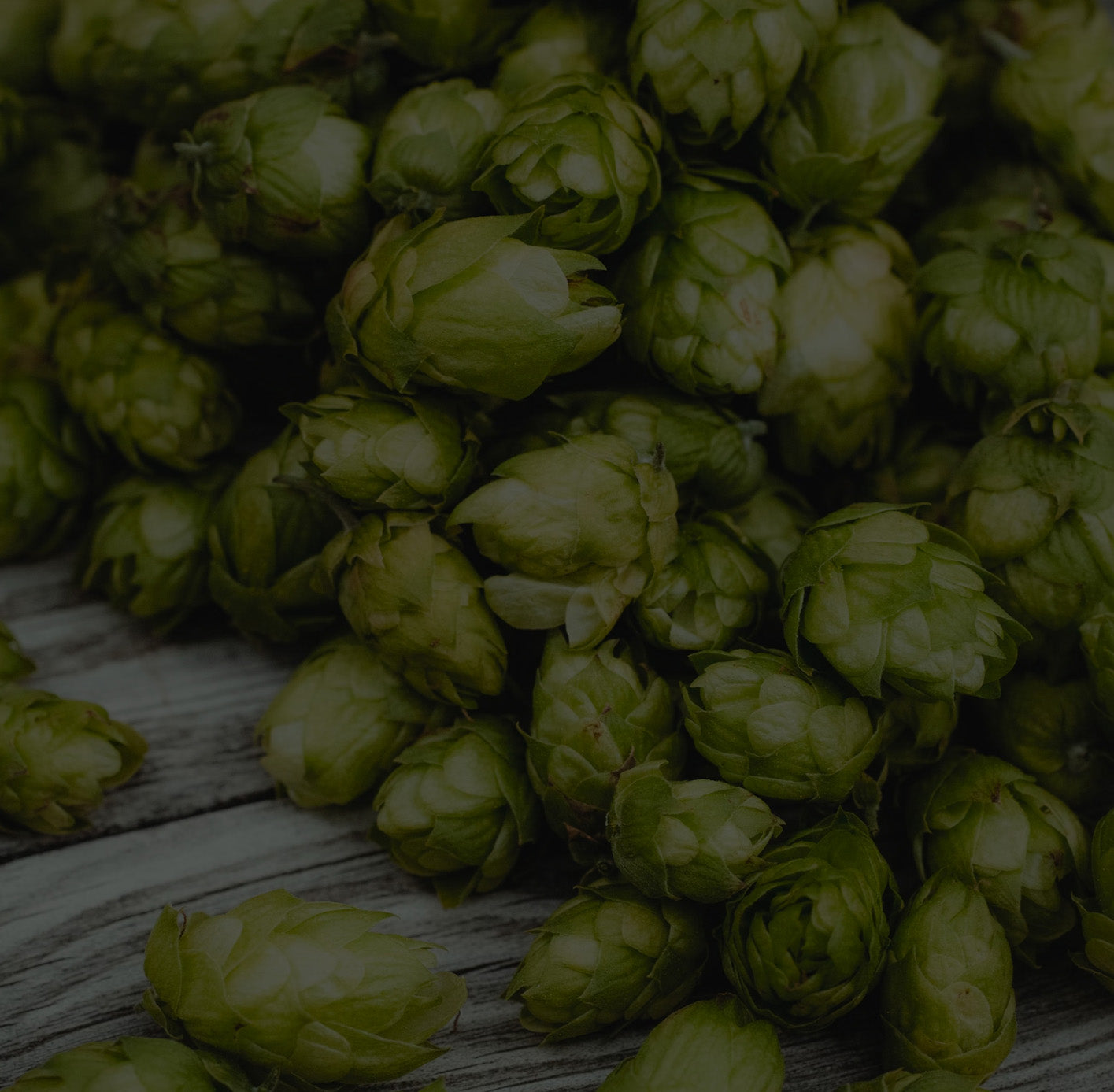A common question asked by beginning homebrewers is "how do I know when fermentation has finished?" It's such a common question, in fact, that somebody asks it, in one form or another, just about every day on r/homebrewing, a Reddit message board dedicated to the craft of brewing homemade beer.

Fermentation Variables
There are a few variables that can impact how long fermentation will take.
-
 The type of yeast that is used will play a large role in the amount of time it takes for a mash to ferment. For example, turbo yeasts and Norwegian Kveik yeasts will finish fermenting a lot faster than a lager yeast will.
The type of yeast that is used will play a large role in the amount of time it takes for a mash to ferment. For example, turbo yeasts and Norwegian Kveik yeasts will finish fermenting a lot faster than a lager yeast will. -
The temperature of the liquid that the yeast is fermenting will have a big impact on how long it takes to finish as well. A mash fermenting at 80 degrees will ferment a lot quicker than a mash fermenting at 55 degrees.
-
The amount of sugar in the mash will also play a big role in the amount of time needed for fermentation to finish. The more sugar in the mash the longer the fermentation will take. An beer that is expected to finish at 4% ABV is going to ferment a lot quicker than a high ABV Russian Imperial Stout or a Barley Wine at 14% ABV.
Measuring Fermentation - the Easy Way
We like to call this the "set it and forget it" method. This applies to a mash that is fermenting in a carboy or a bucket with an airlock.
After pitching yeast, simply check on the mash every 12 hours or so to make sure that sometime during the first 12-48 hours after yeast is added there is movement in the airlock (the airlock should bubble a at least few times a minute). If there is activity in the airlock it means that the yeast is working and everything is good to go. After that, simply let it sit for 14 days at room temperature (70F). If there are still bubbles in the airlock after 14 days let it sit for another few days, or at least until there is no bubbling for at least a minute or two. Once there is no activity in the airlock, fermentation is complete. This is a non scientific method but has been pretty reliable in terms of judging when fermentation has finished.
What if there is no activity in an air lock after 18-24 hours?
If there is no activity after 18-24 hours make sure that the lid and airlock are tight. If both are tight then gently swirl the bucket/carboy- just enough to mix everything together. Check back after 12 hours. If there is still no activity then add more yeast from a new yeast starter. After adding more yeast check back after 18-48 hours and there should hopefully be some activity. If there is still no activity that most likely means that it's too cold. Make sure temp is somewhere close to 70F.
Monitoring Fermentation - the Scientific Way
The most accurate way to monitor the fermentation process is to use a brewing hydrometer. Taking specific gravity measurements with a brewing hydrometer not only lets one know when fermentation has finished, it also allows one to determine actual alcohol by volume (ABV) of the fermented product. These numbers can be used for all sorts of things and we discuss all of this in our article on monitoring fermentation (the scientific way).
Remember, it is generally legal to brew beer everywhere in the United States. However distilling high proof alcohol at home for consumption is illegal. Our distillation equipment is designed for legal uses only and the information in this article is for educational purposes only. Please read our complete legal summary for more information on the legalities of distillation.






Leave a comment